The Tree of the Year 2002 is actually two trees – two sitka spruces standing by the farmhouse of Stóra-Giljá in A-Húnavatnssýsla. The farm lies right next to main road #1 and the trees are easily spotted from the road. The trees stand right next to the house, sheltered by a hedge of feltleaf willow and several smaller spruces. The tree closer to the road is taller, measuring at 9,7 m height in 2001, with a trunk circumference of 89 cm, while the other tree measured at 9,1 m, with a circumference of 99 cm. The trees stand about 3 m from the house, with about 3 m between them. Both have split tops (two), most likely caused by gusts of cold northerly winds blowing along the top of the roof of the house. The trees were planted, along with four others, in 1964 and well looked after. Two trees not sheltered from the north winds by the house only lasted a few years, however. The remaining trees grew well but eventually it became apparent that they had been planted too close together, so in the 1970’s two of them were felled, which gave the two remaining trees a boost in growth.
Location on Google Maps: https://goo.gl/maps/9dWk3PmqYLV3GXXm8
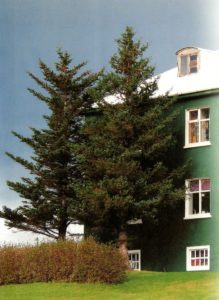

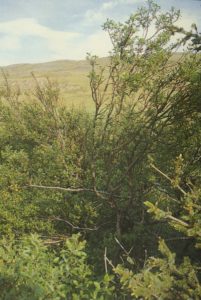
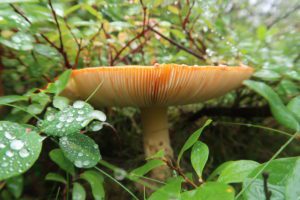
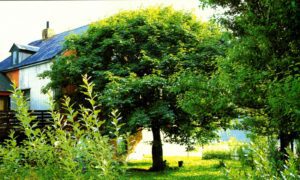
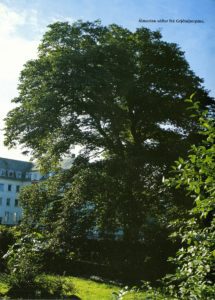
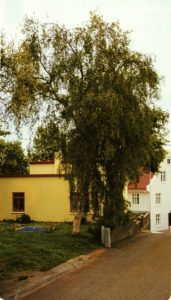
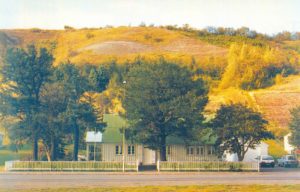
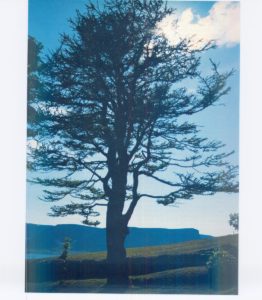
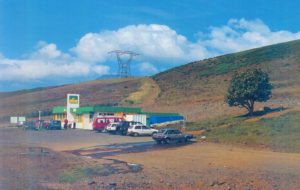

Nýlegar athugasemdir